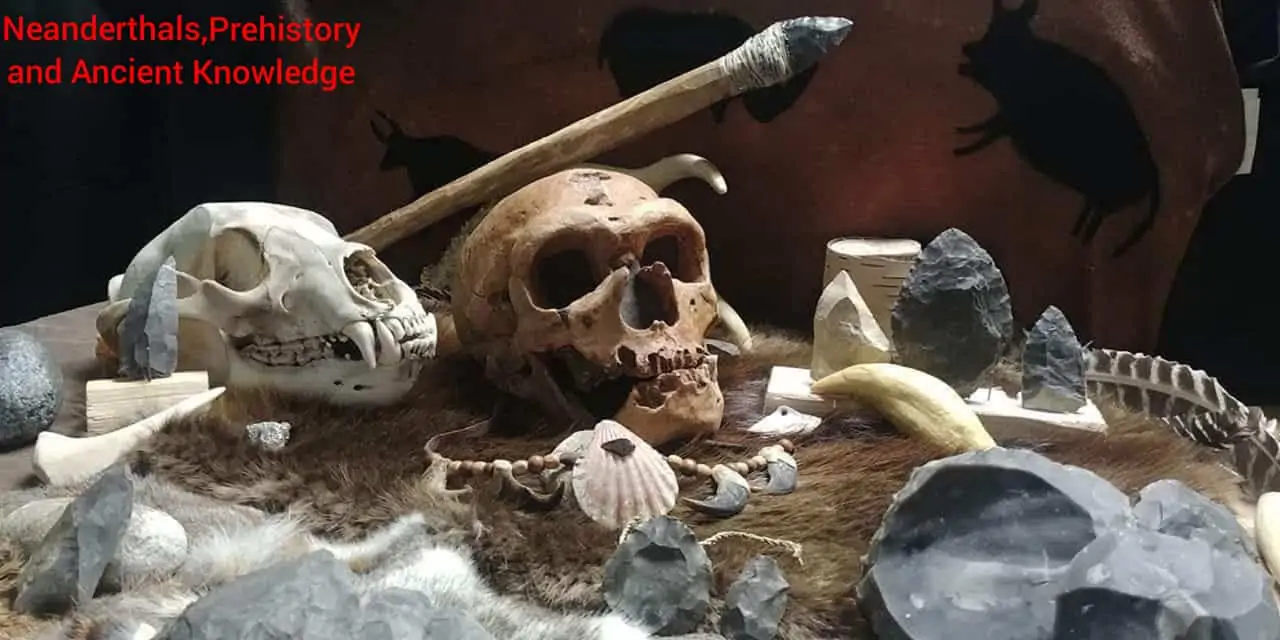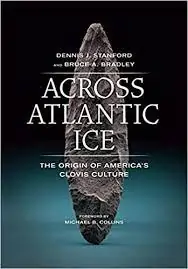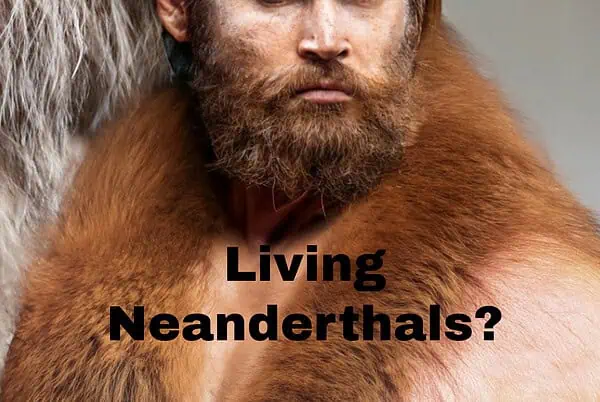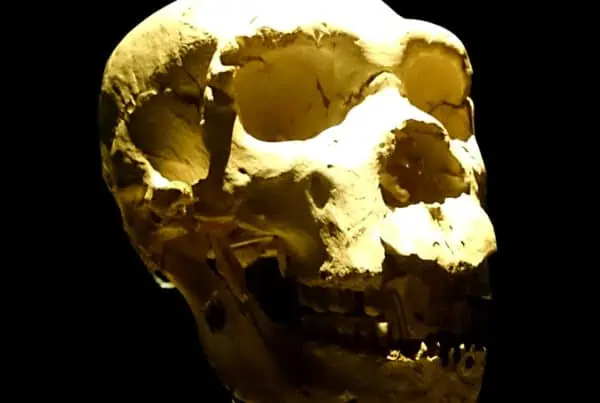Levallois maker of stone tools in modern times – Meet Neanderthal Joe
1. What got you interested in Neanderthal spear points, stone tools of archaic humans?
 Joe: I recreate the Neanderthal technique that is called Mousterian, and more particularly the Levallois technique because it is not done by most flintknappers and is often overlooked and seen as lesser. I also do it because I get a sense of pride being able to do what a Neanderthal could do 50 thousand years ago.
Joe: I recreate the Neanderthal technique that is called Mousterian, and more particularly the Levallois technique because it is not done by most flintknappers and is often overlooked and seen as lesser. I also do it because I get a sense of pride being able to do what a Neanderthal could do 50 thousand years ago.2. Can you share with our readers some tips for stone tool construction? In particular, what is the process for birch glue and how strong is it exactly. As you know, the process has been in the archaeological news recently, some new finds from Neanderthal digs.
Joe: It is very difficult for me to explain this stuff on paper, the stone work I do is done with all stone and antler tools (as authentic as I can get) and is usually done by making a core and striking the final blade off. As for birch tar glue the process I use is called dry distillation. The first step is to dig a hole in the ground then place a shell in the bottom if the hole. Next, you cover the hole but leave a funnel leading to the shell, you then place the balls of bark above the funnel and cover it with ash from a previous fire. You then start a small fire over the covered birch bark and slowly build the fire to a medium-sized fire. Another thing to keep in mind is that it can not get too hot and it can not be too cold also the glue comes out as oil so after the fire dies down you have to continue to boil done the oil until it because a tar-like consistency. The hardest of the glue is a mix between epoxy and hot glue.
Solutreans, Pre-Clovis here in the Americas?
 3. Do you have any thoughts on early North Americans? Solutrean hypothesis was based largely on stone tool finds mainly on the East Coast. Are you a believer in the hypothesis of Pre-Clovis settlements in North America before the arrival of the Siberians over the Bering land bridge?
3. Do you have any thoughts on early North Americans? Solutrean hypothesis was based largely on stone tool finds mainly on the East Coast. Are you a believer in the hypothesis of Pre-Clovis settlements in North America before the arrival of the Siberians over the Bering land bridge?Joe: I don’t know too much about the new world in terms of prehistory, but I do believe there were people before the Clovis, from how I see it the mainstream archaeologist don’t want something changed after 50 years or how long its been.
4. How deep do your spear points penetrate into flesh? How many jabs from Neanderthal hunters would it take to bring down a Woolly Mammoth?
Joe: I will explain how I think a group of Neanderthals would hunt a mammoth. For one I think they only went after the sick, weak, old and young Mammoths (as going after a mammoth in its prime is too risky). I also think they would have dug a pitfall trap or forced the mammoth to run threw a marsh or a swamp. That would slow the mammoth down buy getting its legs caught. I then think they would run and stab the mammoth in the sides and back. For the penetration, a cow is not a very good comparison to a mammoth but when I tested it on a cow corpse it penetrated about a foot and a half deep when it did not hit bone. The bone however would break the tip of the stone spearhead but still cause a lot of damage to the animal.
5. Where can people find your work? I understand you actually have some Neanderthal proto-spear points for sale on line?
Joe: You can find my work on my Etsy store called “rockstonesandbones”
You can find me on YouTube under “neanderthal- Joe”
And my Facebook group called “neanderthals, prehistory and ancient knowledge” now at almost 5k members.



